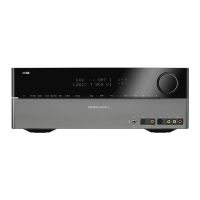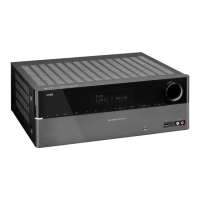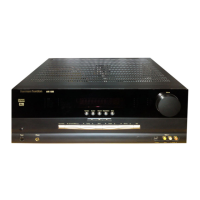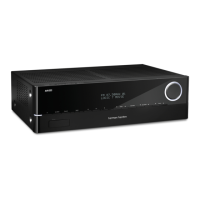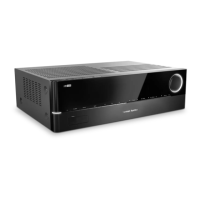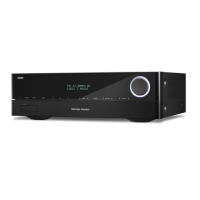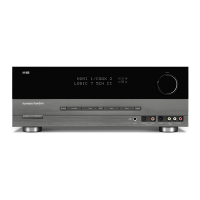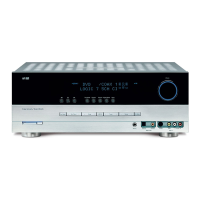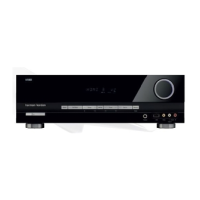What to do if my Harman Kardon AVR 151 Receiver front-panel display lights, but there’s no sound or picture?
- MMelissa RiceAug 20, 2025
If the front-panel display lights up but you're not getting any sound or picture from your Harman Kardon Receiver, ensure all input and speaker connections are securely connected. Also, check to see if the MUTE button is activated. Finally, make sure the volume isn't turned all the way down.




